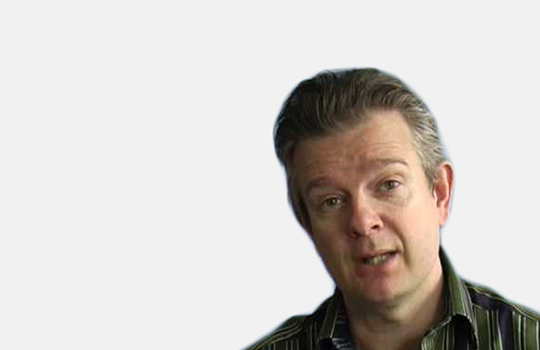![]() So they’ve been at it again, the men in white coats. Putting on their grey beards and playing God, getting the jump on poor old mother nature. There are times when you could almost feel sorry for her. All those pipette-pushers forever tunnelling deeper and deeper into her mysteries. Leave her alone, I can almost hear myself saying, leave the poor old dame a few rags of the unknown to clothe herself in. And while you’re at it, leave us, leave poor bewildered modern us something to wonder at and to revere. But then I remember that this is a piece for the BMJ and it is scientists I am talking to, people who surely demand more from their arguments than soft-eyed sentiment.
So they’ve been at it again, the men in white coats. Putting on their grey beards and playing God, getting the jump on poor old mother nature. There are times when you could almost feel sorry for her. All those pipette-pushers forever tunnelling deeper and deeper into her mysteries. Leave her alone, I can almost hear myself saying, leave the poor old dame a few rags of the unknown to clothe herself in. And while you’re at it, leave us, leave poor bewildered modern us something to wonder at and to revere. But then I remember that this is a piece for the BMJ and it is scientists I am talking to, people who surely demand more from their arguments than soft-eyed sentiment.
This time it’s the making of “artificial” sperm they’ve been up to – I’m not ordinarily a fan of scare quotes, call a spade a spade I say and don’t go using weasely half-words, but it’s the nature of that “artificial” that I’ve in mind to talk about so I’ll let them stand.
A few weeks ago the press was swimming with stories about how Professor Karim Nayernia and a team at Newcastle University had made human sperm using stem cells from a five-day-old male embryo. Cross this with technology to generate stem cells from skin cells and it becomes theoretically possible for infertile men to father their own biological children.
There is an iconography of biotechnical revolutions: The DNA helix; Dolly the sheep; Vacanti’s mouse, a human-looking ear rearing up on its back demurely draped in folds of fine skin. And now we have another: knuckle-headed, tail kinked and swimming in mercurial light, the world’s first artificial human sperm wriggling its way blindly along the river of life – or at least round and round a Petri dish.
Along with a great deal of nonsense about men now being obsolete – most women of my age and acquaintance came to that conclusion long before artificial sperm were invented – the most common critical response is a shudder of revulsion followed by a final and emphatic “it’s unnatural”. The trouble here is that launching an argument for or against anything on the grounds of its being natural or otherwise is notoriously tricky. Used in the sense in which I’ve given it, if unnatural is bad, it must presumably follow that natural is good. Now there are many marvellous things in nature, among them, arguably, ourselves – what a piece of work is a man – there is much that is beautiful, much that is worthy of love. But there is also a great deal that is vile. Mass starvation is natural, as is HIV/AIDS.
Extinction is a natural event, as is Huntington’s chorea…Nature, in fact, cares so little for our individual wellbeing that you could describe much of human – and all of medical – history as uninterrupted warfare against her. If you want to get a sense of nature’s waste, her profligacy, her inefficiency and her sheer blind indifference, read Darwin. And as for men – and women – we’ve all known them fair and foul, often simultaneously.
In a recent collection of essays that meditate in subtle ways on the relationship between the human and natural worlds, the Scottish writer Kathleen Jamie writes:
“They say the day is coming – it may already be here – when there will be no wild creatures. That is, when no creature on the planet will be able to further itself without reference or negotiation with us. When our intervention or restraint will be a factor in their continued existence. Every creature: salmon, sand martins, seals, flies. What does this matter?”
Our relationship with the natural world, whatever we might decide we mean by that term, is obviously going through a period of unprecedented and at times bewildering change. The question Jamie asks is a good one, and worthy of sustained attention. But when we are thinking about the rights and wrongs of medical interventions, we should avoid getting entangled in it. Such an appeal to nature can never do the moral work required of it.
Julian Sheather is ethics manager at the British Medical Association. The views expressed are his own.
